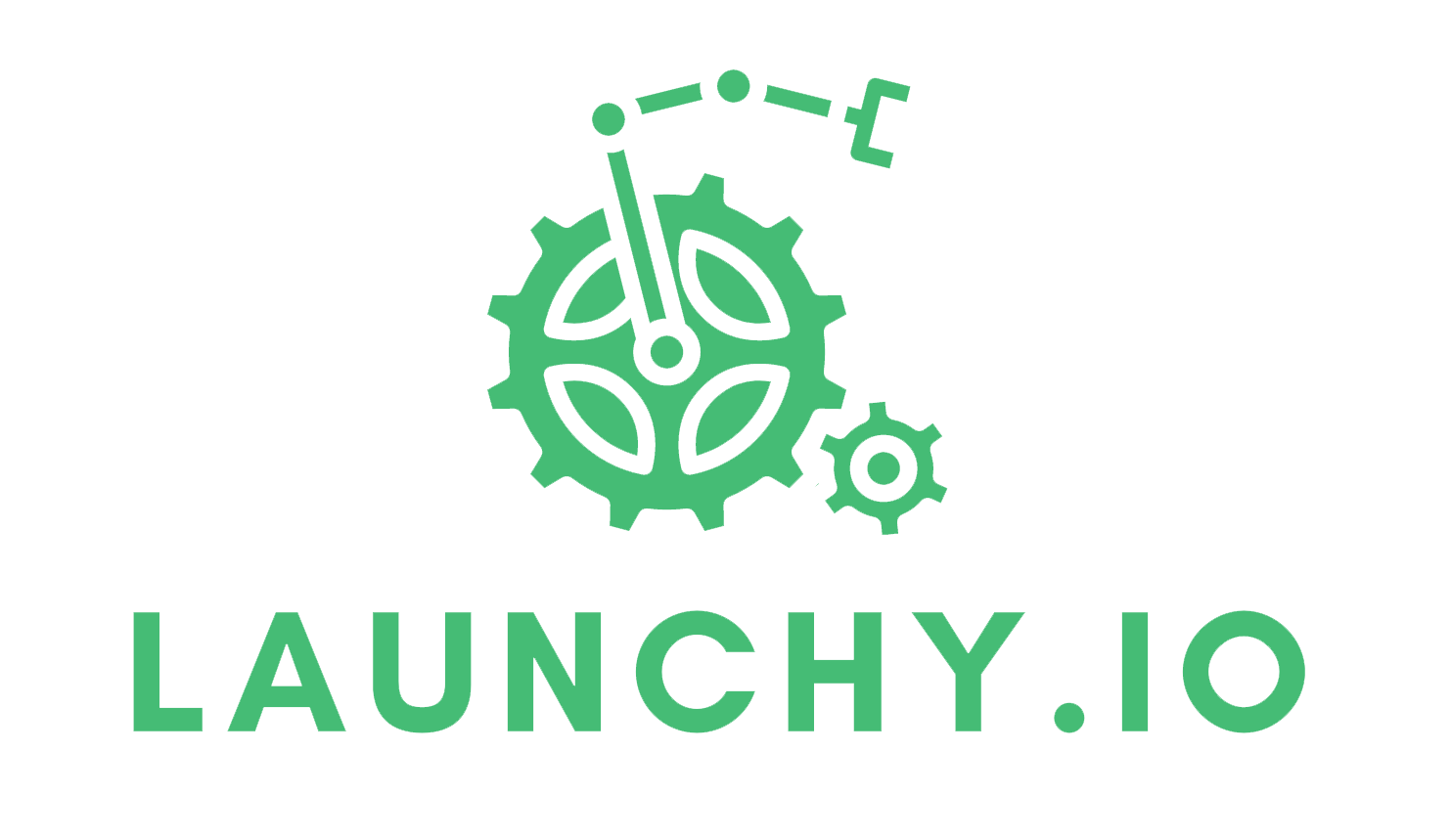Employers are constantly looking for ways to innovate the way they appeal to their audiences without burdening their employees or spending a lot on operational costs and gaining only a fraction of their spending in return.
In recent years, automation has played a crucial role in simplifying various business processes while also optimising organisational performance. Among the various types of automation which have picked up in popularity is marketing automation.
It is vital that entrepreneurs and business owners looking to take their business endeavours to the next level, learn the steps on how to automate marketing processes as competition is stiff in today’s fast-paced digital landscape and businesses can no longer rely on traditional marketing methods.
As such, investing in marketing automation is the first step in keeping up with the rapidly changing business environment. However, employees must know how to leverage the various features of marketing automation to improve their business processes and potentially increase profitability.
That said, let’s explore the step-by-step guide on how to automate marketing processes to improve campaign performance, reduce employee workload, and bring in revenue.
Step #1 Segment your target market
In order to gain high-potential leads and increase the chances of a sales conversion, it is important to promote the service or product to the right audience. With marketing automation, this process is simplified due to the platform’s integration capabilities.
Marketing automation platforms can be integrated with CRM, which hosts and categorises a large volume of customer data. This collection of data can be leveraged to find the right target audiences to be involved in a marketing campaign.
Users can find the right demographics to send out email campaigns, offers, discounts, educational content, and other marketing material with marketing automation. Traditional customer data may be used, such as age range, location, past purchases, and interests to find the right audiences.
However, to leverage data that really matters, users have to seek more granular details, including where customers saw an ad, what device they were using to see this ad, and how many touchpoints the customer had before purchasing an item. Marketing automation software can provide these details.
Step #2 Map your customer journey
Having a marketing funnel strategy is crucial towards converting leads and increasing the ROI of a business. With marketing automation, there are various features incorporated to help marketers and sales personnel keep track of marketing campaign performance in real time.
The marketing funnel facilitates businesses on how they can map their customer journey smoothly. To put it simply, the customer journey is the flow of the customer’s ongoing interactions with a business as they move along the marketing funnel.
Mapping out the customer journey gives various alternatives for businesses to take in case one scenario doesn’t work as planned. With the help of marketing automation, businesses can decide which approach to take and create impactful suggestions relevant to customers at every stage of the journey.
Marketing automation software can also be leveraged to automate the customer journey and be made an integral part of a business’s omnichannel ecosystem. With the help of this software, the relevance of marketing a product or service is handled more effectively to win over a potential customer’s interests.
#3 Craft compelling content
The next step in how to automate marketing processes to generate revenue would be for businesses to think of a creative way to captivate the audience, making them interested in the brand. Content creation plays a significant role here, in swaying audiences to have a vested interest in a product or service.
With marketing automation software, users can gain valuable customer information pertaining to their demographic details, such as past purchases, interests, age, and location to craft personalised emails that resonate with them.
From catchy subject line generators to email automation, users can use marketing automation features to set up relevant and personalised messaging for their intended audience. This helps recipients of these eye-catching marketing emails or materials to feel appreciated, offering them a positive experience.
Compelling and personalised content can encourage potential customers to stay loyal to a brand and make them more inclined to make repeat purchases. Marketing automation helps businesses bridge the gap between offering personalised interactions to their customers and scaling their customer base.
#4 Build your email distribution list
The next step on how to automate marketing processes would be to build an email distribution list. It is important that businesses continuously bring in new customers while retaining existing ones. To achieve this, find ways for potential customers to sign up for your marketing list.
Marketing automation software can be leveraged in this process by helping users to generate a sign-up form on a landing page or webpage, placing a subscribe button on their homepage, or creating a referral programme that gives current subscribers additional incentives to recommend a brand to others.
Learn more about how to automate marketing processes with an automation expert
Once you have mastered the art of automating marketing processes and have followed the right steps in setting up marketing campaigns, it’s not time to rest. You should always be on the lookout and track campaign performance, which can be optimised for improvement.
As a business owner or manager, always be alert to data, track customer behaviours and actions, and look out for new pain points and trends. These measures are necessary to adjust your customer journey accordingly.
Schedule a consultation with an automation expert to learn how to carve a seamless customer journey with marketing automation software.

